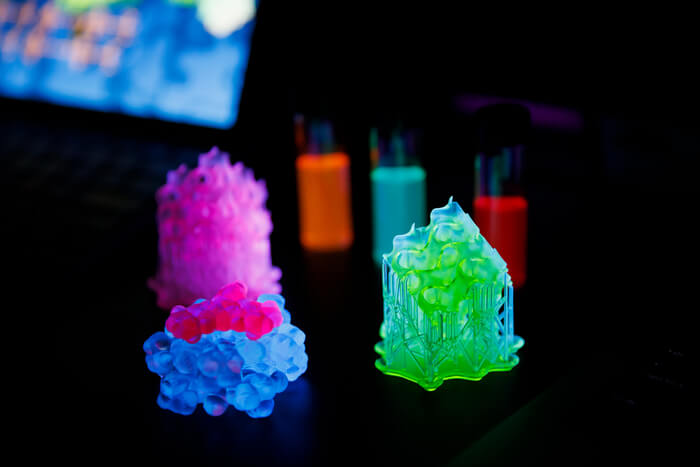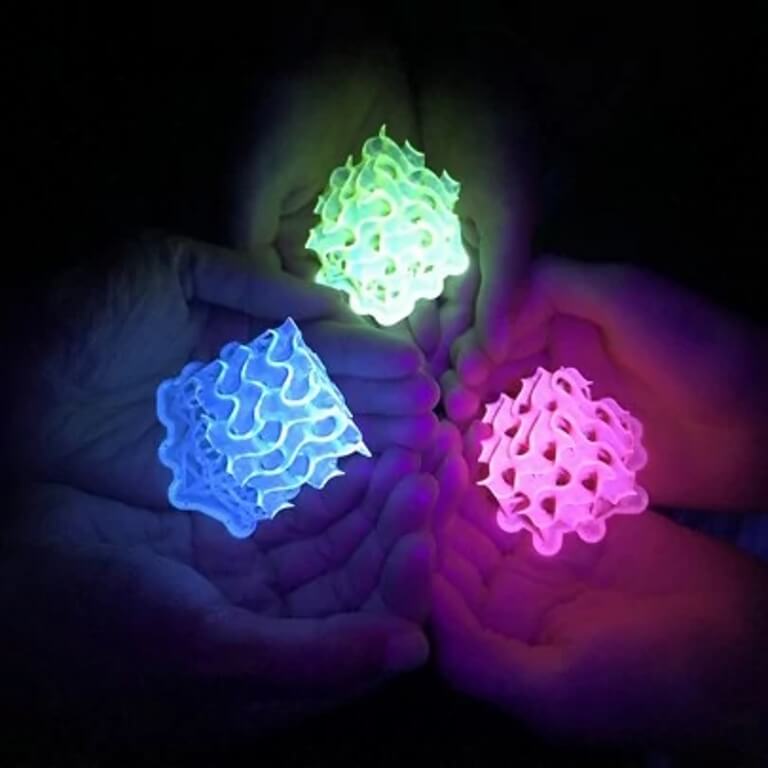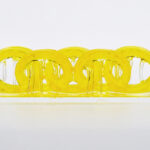Researchers at Indiana University Bloomington have received funding to continue research into SMILES (small-molecule, ionic isolation lattices), which are a new type of material with the unique selling point of being the brightest material in the world.
The 1.8 million USD worth of funding has come from the National Science Foundation’s Designing Materials to Revolutionize and Engineer Our Future program, (DMREF) and will help the researchers develop an open-source database for chemists to create these materials.
SMILES were invented at IU Bloomington and can have application in solar panels, lasers, 3D displays and other optical devices. SMILES are valuable due to their ability to hold onto the brightness during manufacturing. Apparently this is a problem when manufacturing bright objects, as they have a tendency to dim during the various manufacturing processes.
In short, the commercial and scientific potential of SMILES stems from their ability to transform brightly colored liquid materials into a stable crystalline solid.
The samples you can see in the picture below have been printed with stereolithography using a methacrylate-based photocuring polymer doped with SMILES.

“SMILES are a foundational material — a totally new material,” said Amar Flood, Professor of Chemistry in the IU Bloomington College of Arts and Sciences’ Department of Chemistry.
“There’s never been anything quite like them, so this grant will help us understand more about their properties, as well as how they might be used to improve existing technologies or advance new ones.”

One example of an application that can benefit from solid-state dies is in display technology. Many displays use some form of liquid crystal.
“Any time you’re using liquid in a system, you’re increasing the chances of degradation or mechanical failure, and decreasing energy efficiencies,” said Flood.
“In terms of usability, going from a liquid state to a solid state significantly increases a material’s durability, longevity and efficiency.”
In addition to the creation of the database, the research funding will establish rules on crystal engineering for producing dyes with different shapes, charges and other chemical properties that will aid in development of SMILE-based optical materials.
“SMILES are truly unique — not just in terms of the science but also because these materials are a ‘platform’ technology,” said Chris Benson, CEO of Halophore, who has partnered with the university to develop products with the material.
“Most materials discoveries have narrow commercial potential. In contrast, SMILES possess a remarkable combination of unprecedented features and versatility — and there’s a lot more territory to explore. I think the most exciting part of this grant is that we’re going to learn a lot in a very short time. These discoveries will augment the technology, as well as break open new opportunities we hadn’t even considered.”
The research was first published in 2020 in a paper named Plug-and-Play Optical Materials from Fluorescent Dyes and Macrocycles. If you’d like to know more about the chemistry of SMILES, you can access that paper at this link.











